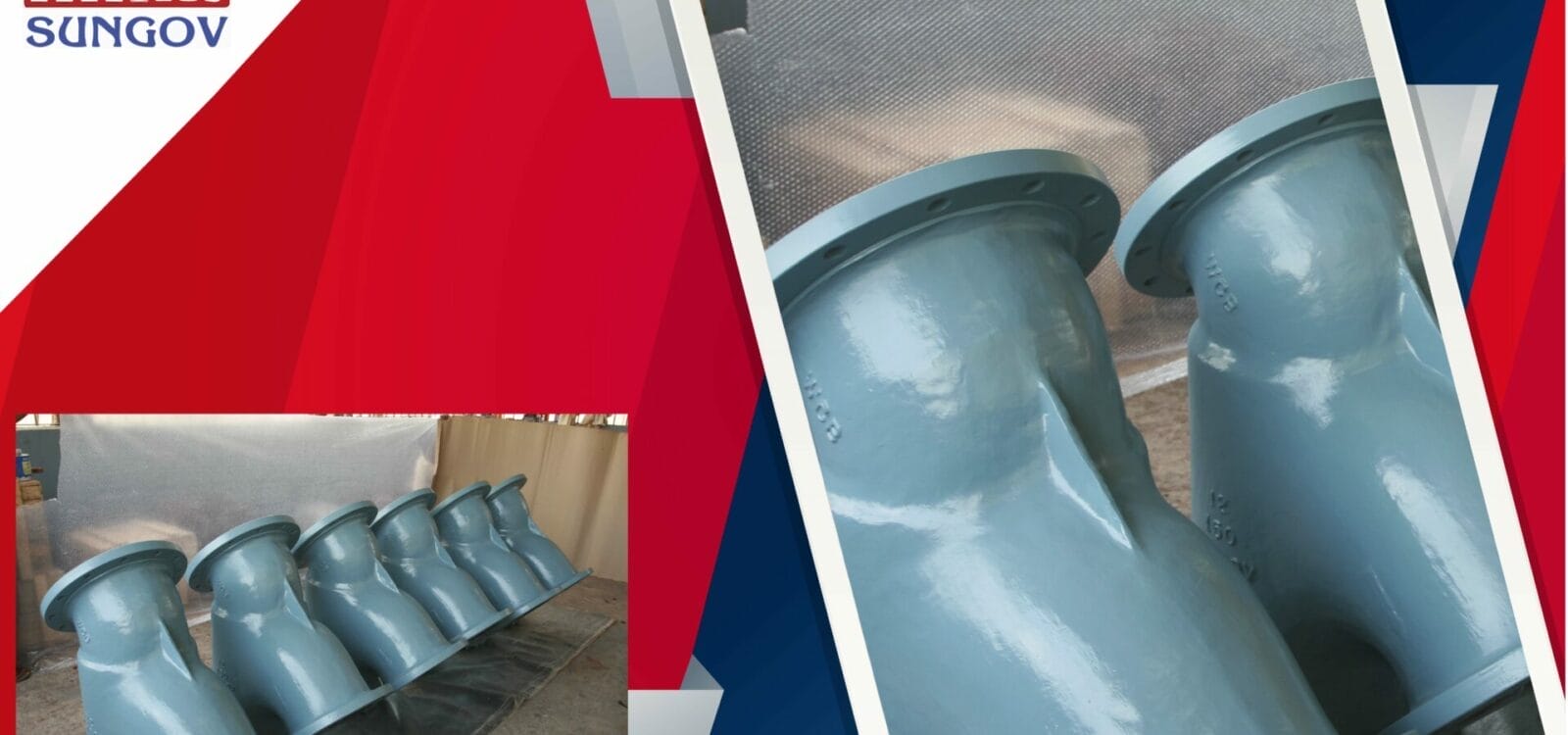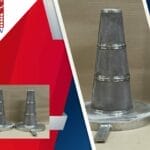Ever wondered what is necessary in the realms of oil and gas production? Yes right, precision. But again, for the processes to operate seamlessly, with integrity and efficiency, the need for industrial strainers must be acknowledged. These unassuming champions stand as the first line of defense, shielding pipelines and vital equipment from unwanted debris and contaminants.
But amidst the industry’s relentless demands, the care and selection of these strainers can sometimes slip through the cracks. In this comprehensive blog, we’re diving deep into the crucial aspects of strainer cleaning and maintenance, along with the fine art of choosing the right strainer tailored to the rugged challenges of the oil and gas sector.
Let’s embark on this journey into the world of industrial strainers, crafted to meet the highest standards of the oil and gas industry.
What are some of the points you need to bear in mind when you need to clean and maintain an industrial strainer?
One of the foremost maintenance tasks for optimal performance of industrial strainers is cleaning. Here are the key points to keep in mind:
Safety Precautions: Before you begin, ensure that you are wearing the appropriate safety gear, including gloves and eye protection. If the strainer has been handling hazardous materials, take extra precautions.
Shutdown and Isolation: Turn off the system where the strainer is installed and isolate it from the rest of the pipeline. This prevents any flow of materials during the cleaning process.
Drain System: Drain any residual fluids or materials from the strainer and the surrounding pipes. This reduces the risk of spills and makes the cleaning process more effective.
Disassemble Carefully: Depending on the type of strainer, you may need to disassemble it. Take care to follow the manufacturer’s instructions to avoid damaging any components.
Inspect for Damage: The best time to check for damage is when disassembling. Inspect all components for signs of wear, corrosion, or other damage. Replace any parts that are compromised.
Use the Right Cleaning Agent: Select a suitable cleaning agent based on the materials the strainer is made of and the substances it has filtered. Avoid harsh chemicals that could corrode or damage the strainer.
Rinse Thoroughly: After cleaning, thoroughly rinse all parts to remove any residue from the cleaning agent.
Reassemble Correctly: Follow the manufacturer’s instructions to reassemble the strainer. Ensure all components are in their correct positions.
Reconnect and Restore: Reconnect the strainer to the system and gradually restore pressure to the desired levels. Monitor for any signs of leaks or irregularities.
Document the Cleaning: Keep a record of the cleaning date, any replacement parts, and any issues encountered. This helps in establishing a maintenance schedule and identifying trends in strainer performance.
Schedule Regular Maintenance: Implement a routine maintenance schedule to ensure the strainer remains in optimal condition. This includes regular inspections, cleanings, and any necessary replacements.
How to choose the right industrial strainer for your processes?
To ensure that your application performs optimally, you will need to choose the right industrial strainer. We have listed a few points to guide you in your selection process.
Understanding Your Application:
Begin by thoroughly understanding the nature of your application. Consider factors such as the type of fluid (liquid or gas), its temperature, pressure, flow rate, and the type of contaminants you need to filter.
Identify Required Specifications:
Determine the necessary specifications for your strainer, including size, material compatibility, pressure rating, and filtration capacity. This will narrow down your options.
Consider Material Compatibility:
Choose a strainer material that is compatible with the fluid you’ll be working with. Common materials include stainless steel, carbon steel, bronze, and PVC. Consider factors like corrosion resistance and temperature limits.
Evaluate Filtration Level:
Determine the level of filtration needed based on the size and type of particles you want to remove. Different strainers have varying mesh sizes or perforation diameters to capture specific contaminants.
Select Strainer Type:
There are various types of industrial strainers, including simplex, duplex, Y-strainers, and basket strainers. Each serves a specific purpose, so choose one that aligns with your application requirements.
Consider Flow Capacity:
Determine the flow rate of your system. The strainer should be able to handle the maximum flow without causing a significant pressure drop.
Factor in Maintenance Needs:
Consider the ease of maintenance. Some strainers have quick-open closures or self-cleaning mechanisms, while others may require more involved disassembly.
Account for Pressure Ratings:
Ensure that the strainer’s pressure rating exceeds the maximum operating pressure of your system to prevent any risk of failure.
Think About Installation Requirements:
Consider how and where the strainer will be installed. This includes factors like orientation, inlet and outlet connections, and available space.
Check Manufacturer’s Recommendations:
Consult the manufacturer’s guidelines and recommendations. They often provide specific information about the strainer’s capabilities and limitations.
Cost Consideration:
Balance your budget with the required specifications. Remember that investing in a quality strainer upfront can lead to long-term savings through improved performance and reduced maintenance costs.
Consult with Experts:
If you’re unsure about any aspect of strainer selection, seek advice from industry experts, engineers, or the strainer manufacturer. Call Sungov Engineering today and our experts will provide valuable insights and recommendations.
Review and Confirm Selection:
Before finalizing your decision, review all the gathered information to ensure the chosen strainer aligns perfectly with your application’s requirements.
Sungov Engineering is dedicated to advancing filtration and separation technologies, with a focus on applications encompassing solid-liquid, solid-gas, liquid-gas, liquid-liquid, and multi-phase separation within the treatment of diverse industrial fluids.
Call our experts today and find out more!




